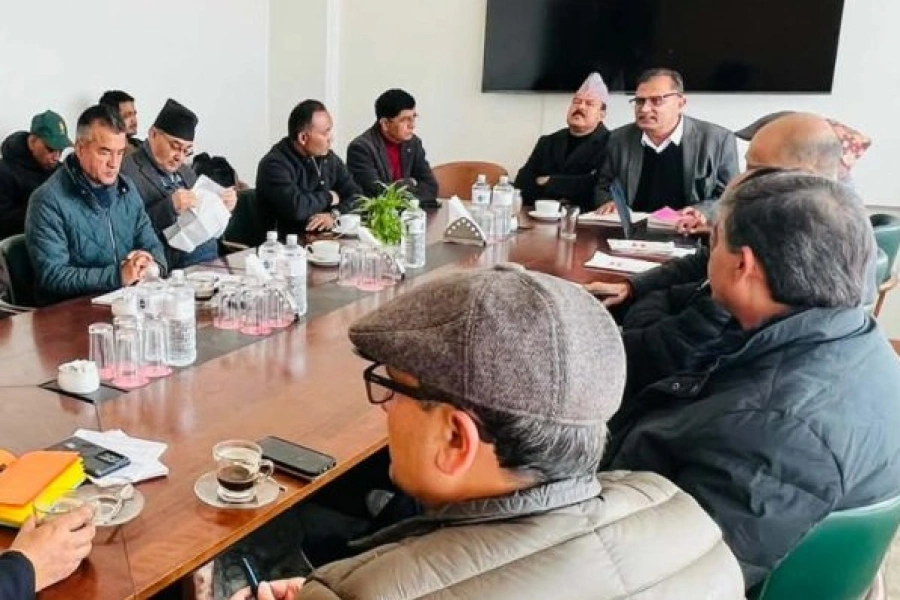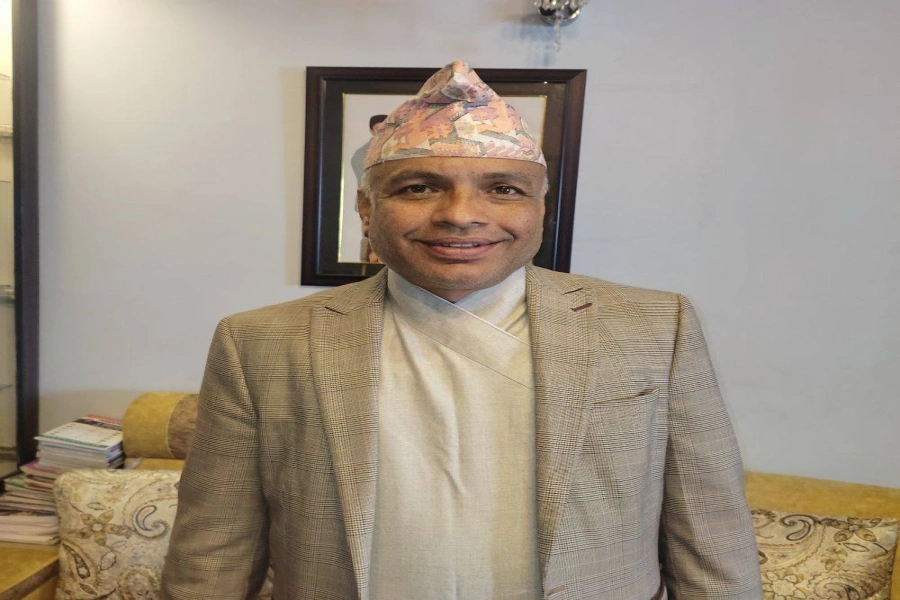KATHMANDU, July 4: A joint technical team of Nepal and India formed as per the agreement reached during the recent visit of Indian Prime Minister Narendra Modi to Nepal has started its works to find permanent solution of the recurring problems of flood and inundation along the bordering areas.
In the first phase, the team comprising five officials each from Nepal and India has conducted study of various seven tarai districts bordering India in eastern and central Nepal. These include the districts lying in Province 2, namely Saptari, Siraha, Dhanusha, Mahottari, Sarlahi, Rautahat and Bara.
“The joint technical team has made a field study of seven districts that share border with India to learn about the flood and inundation problem. We will soon submit a joint report to our respective governments,” said Deputy Director of Department of Water Induced Disaster Prevention, Pradip Thapa, who is also a member of the team.
Dhangadhi has been facing inundation for 39 years

While Thapa is leading the five-member Nepali team, Director of Ganga Flood Control Commission (GFCC) Ajaya Prasad leads the Indian team for the joint field study in the districts prone to flood and inundation. The team carried out the study from June 26 to 30. The joint team also held interaction with local people to understand the causes and effects of flood and inundation.
This development comes in the wake of local people in the Nepali side of the border alleging that India’s road construction along the border is chiefly to be blamed for the flood and inundation. Locals in various districts bordering with India also allege that the Indian side had constructed dams to prevent natural flow of the rain water across the border — something Indian side denies.
The joint team decided to make the field study during rainy season considering that it would be easy to understand the real situation of flood and inundation.
“The Indian side has shown positive gesture to address the inundation problems we have raised. We will provide the details of the current situation in our report and ways to address the problem. The governments of both the countries will take necessary measures to address the problem once we submit our report,” said Thapa.
The joint team had studied about the flood and inundation cased by various rivers including Khado River (Saptari), Mainawati and Gagankhola (Siraha), Ratukhola (Mahottari), Lakhandehi (Bara), Bagmati (Rautahat) and Kamalamai (Siraha/Dhanusha). The team found that the failure to build embankment in Kamala River on the Indian side of the border by the concerned Indian authorities had caused flood. Similarly, the study panel concluded that flood seems to have occurred in various parts of Saptari as Khado River changed its natural course over the years due to lack of proper embankment.
Prime Minister K P Oli had raised the issue of flood and inundation in the bordering areas with the Indian side during the visit of Prime Minister Modi to Nepal on May 11-12. Prime Minister Modi had positively responded to Nepal’s request to see into the problem.
The two sides had later agreed to form a joint team to study the flood and inundation problems along the border and recommend ways to address the problem. After submission of the report on the seven districts by Wednesday, the joint technical team of both the countries is scheduled to make similar field study of the remaining bordering districts from Bara in central Nepal the far western part of Nepal that adjoins with Uttarakhand state of India.



































